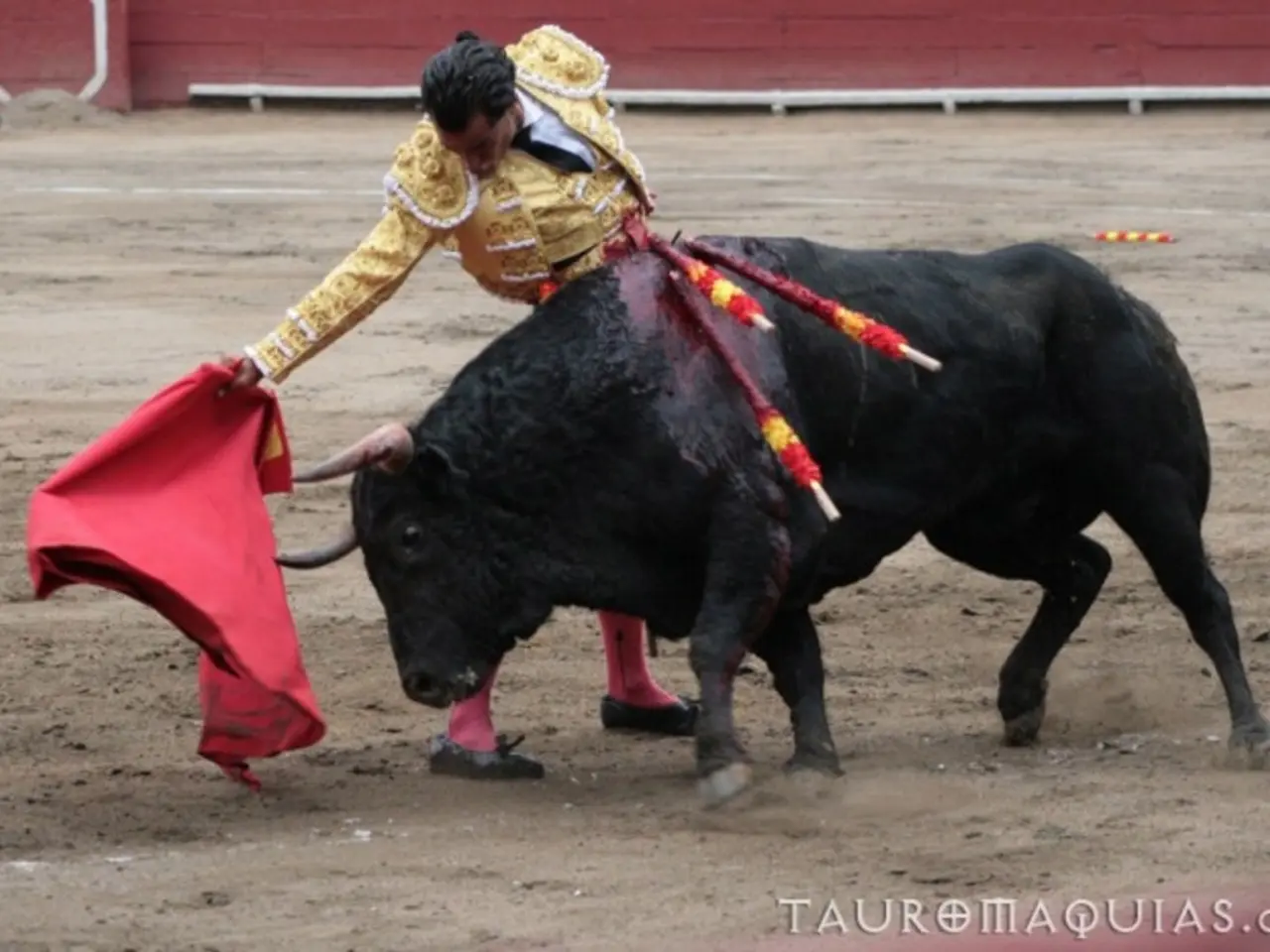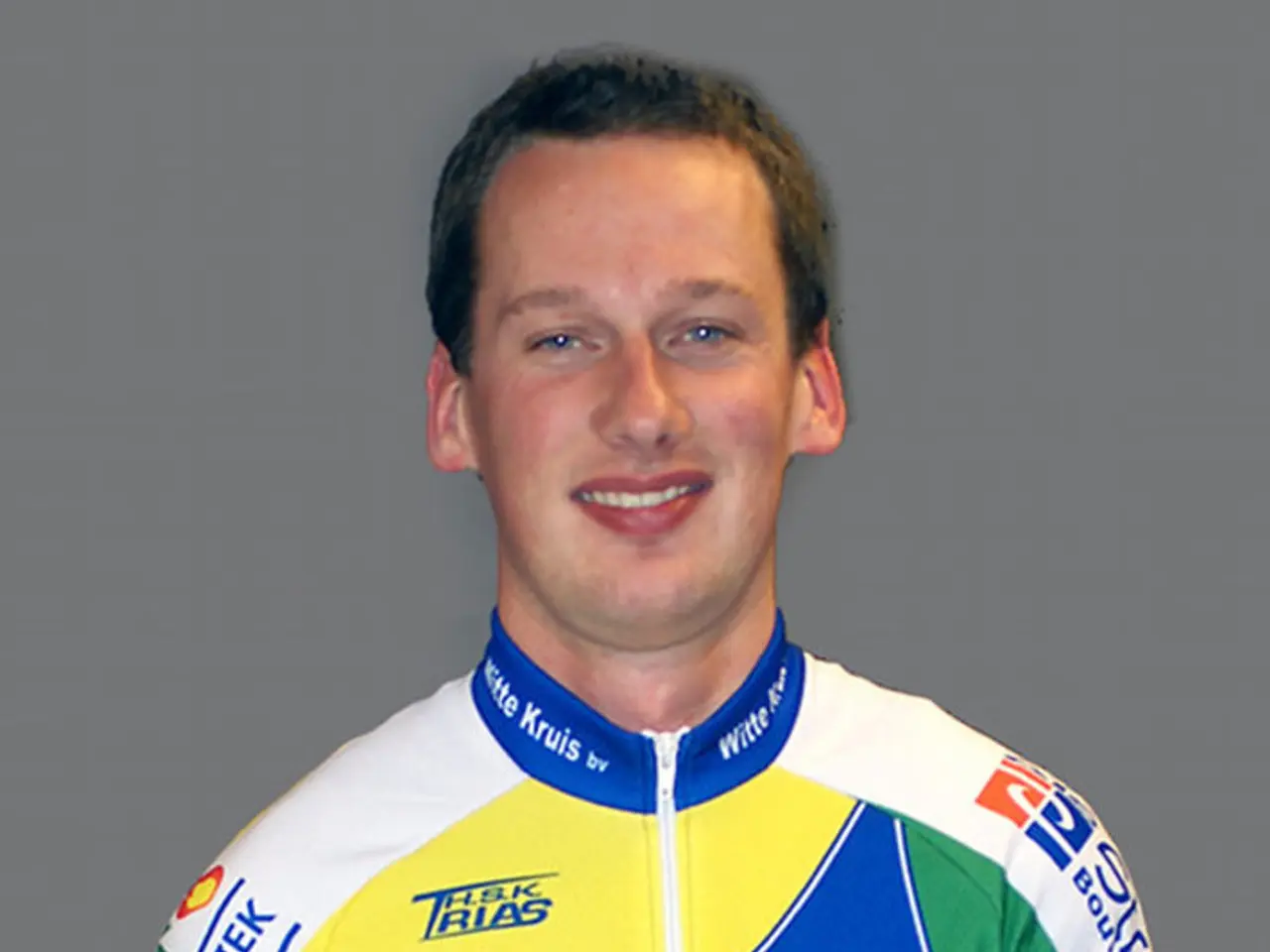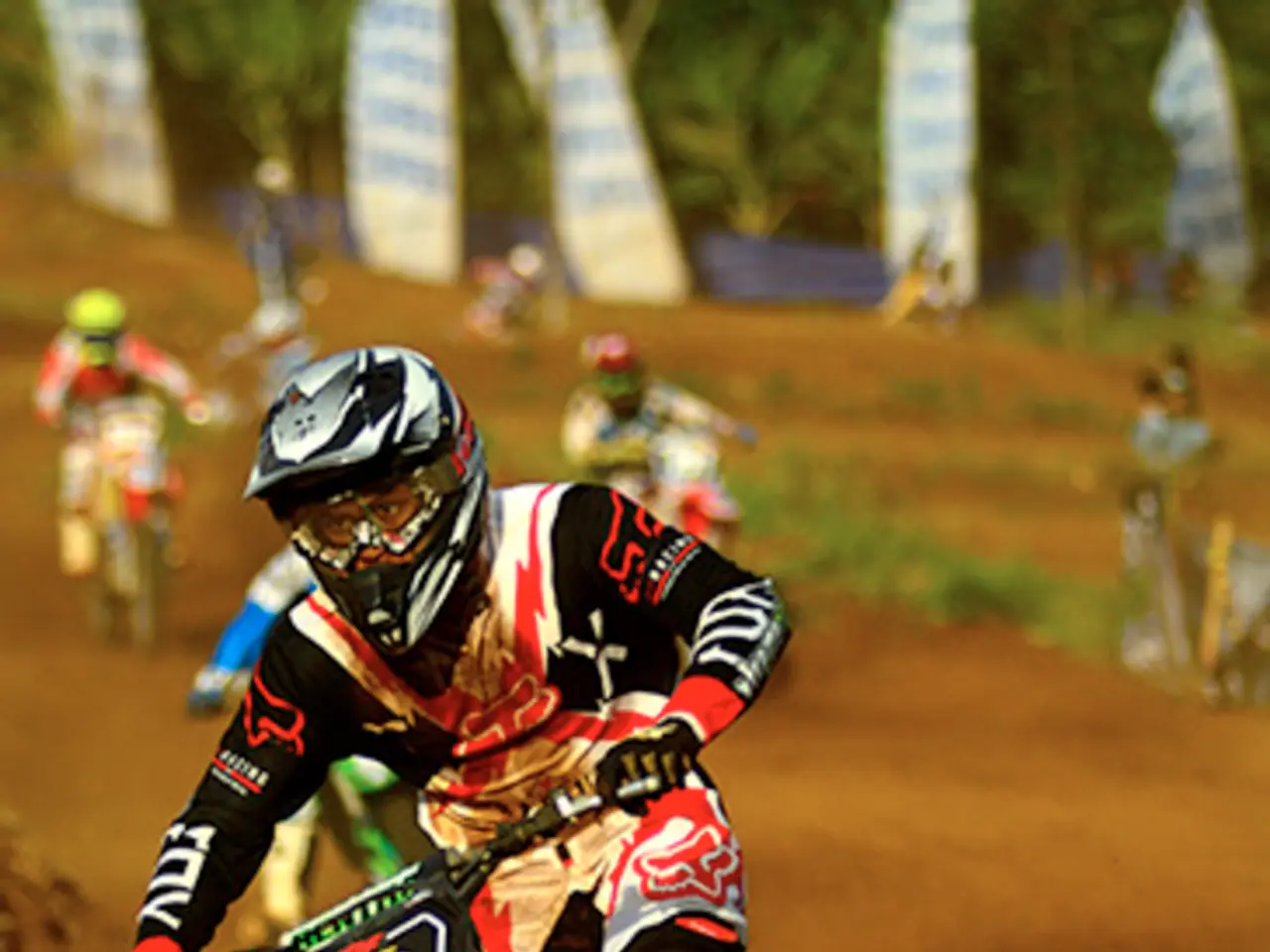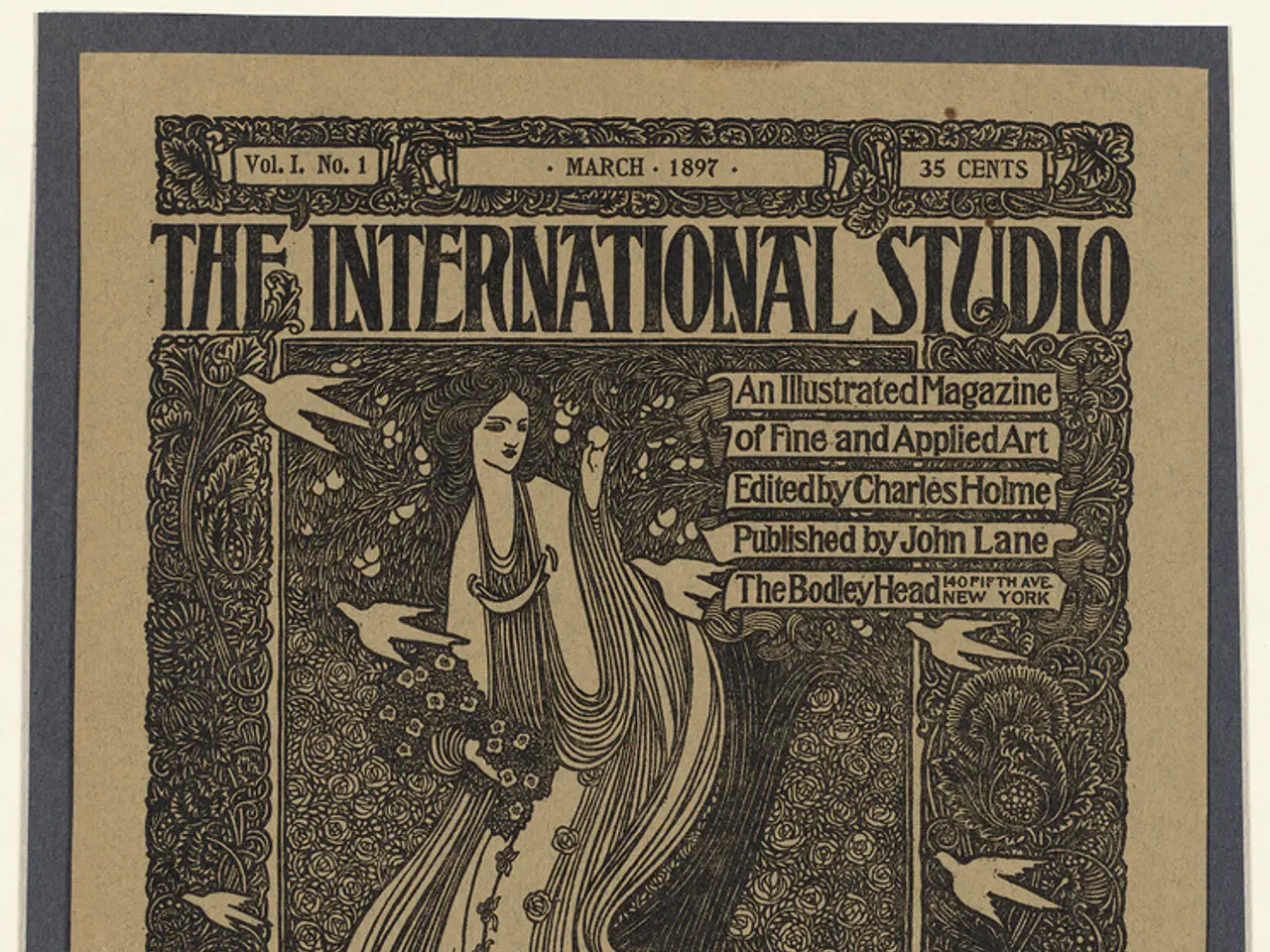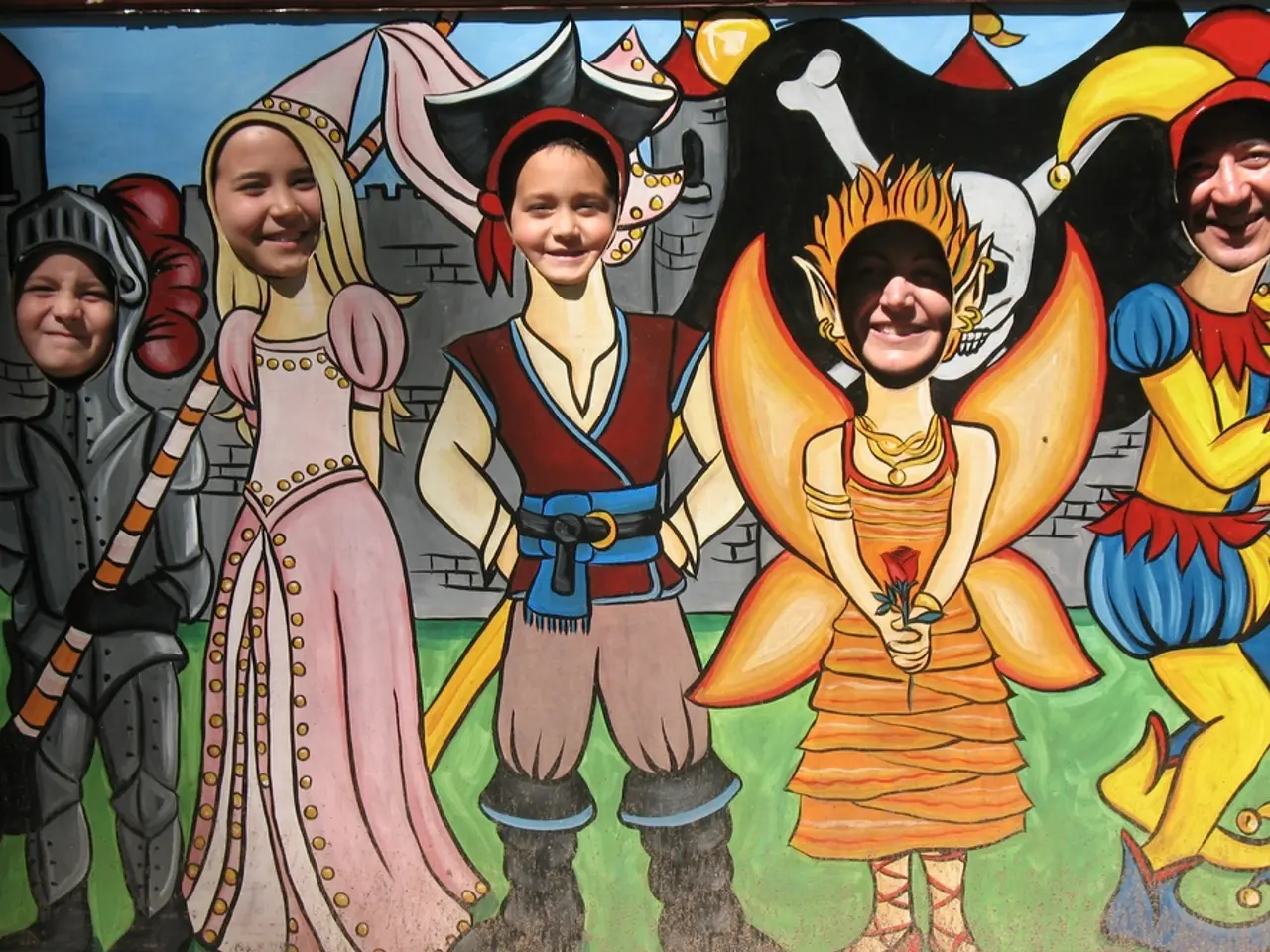Repeated goring incident in bullfighting events in Pamplona
The San Fermín festival, a centuries-old tradition in Navarra, Spain, has once again been marred by incidents during this year's event. The festival, dedicated to San Fermín and famously known for its Running of the Bulls (Encierro), has been a subject of controversy for years due to concerns over animal welfare and participant safety.
This year's festival, held in Pamplona from July 6 to 14, has seen a series of injuries and near-misses. During the third bull run on July 8, a participant was gored by a bull's horn and taken to a hospital with leg injuries. Minor injuries were also treated on the spot during the same run. On the previous day, another participant was injured and hospitalized after being struck under the armpit by a sharp horn. On Wednesday, three more participants were taken to a hospital with injuries: one with a shoulder bruise and dislocation, another with a facial bruise, and a third with a head trauma.
The long, sharp horns of the bulls, weighing up to 600 kilograms, can cause fatal injuries. Despite these risks, the festival continues to attract thousands of participants and spectators each year. The event has been immortalized by authors like Ernest Hemingway in "The Sun Also Rises."
The festival's history reveals a significant number of injuries, with between 50 and 100 injuries occurring annually, most of which are minor and do not require hospitalization. Common injuries include being trampled or falling during the run. As of the latest records, there have been 15 fatalities since record-keeping began in 1910, with the last one occurring in 2009.
The festival honours Saint Fermín, the first bishop of Amiens, who was martyred in 257 AD. The Running of the Bulls is a central part of the festivities. Each morning, six fighting bulls and several oxen are driven through the narrow streets of the old town. The bulls are later taken to the arena for the evening's bullfights, where they are killed by a matador.
Animal rights activists have been protesting against the festival for years, with PETA in Germany emphasising that bullrunning causes animal suffering. Despite these protests, the festival continues to be a significant attraction, drawing crowds from around the world.
A Red Cross spokesperson reported the injuries and hospitalizations of the participants to TV. In the crowded streets, runners often trip over those in front of them, leading to multiple people falling on top of each other. A participant had a lucky escape on Wednesday when his shirt got caught on a bull's horn, and the bull dragged him several metres before the shirt tore off. Miraculously, the man remained unharmed.
TV footage shows the incident where a participant's shirt got caught on a bull's horn during the Wednesday bull run. As the festival enters its final days, concerns over safety and animal welfare persist, with participants and spectators continuing to take part in this age-old tradition.
The organizing committee could consider providing medical services with experienced doctors specialized in sports injuries to enhance participant safety during future San Fermín festivals. In light of the ongoing concerns about the welfare of the animals, it might be beneficial to explore alternative sports events, such as a hockey tournament, to replace the traditional Running of the Bulls.
